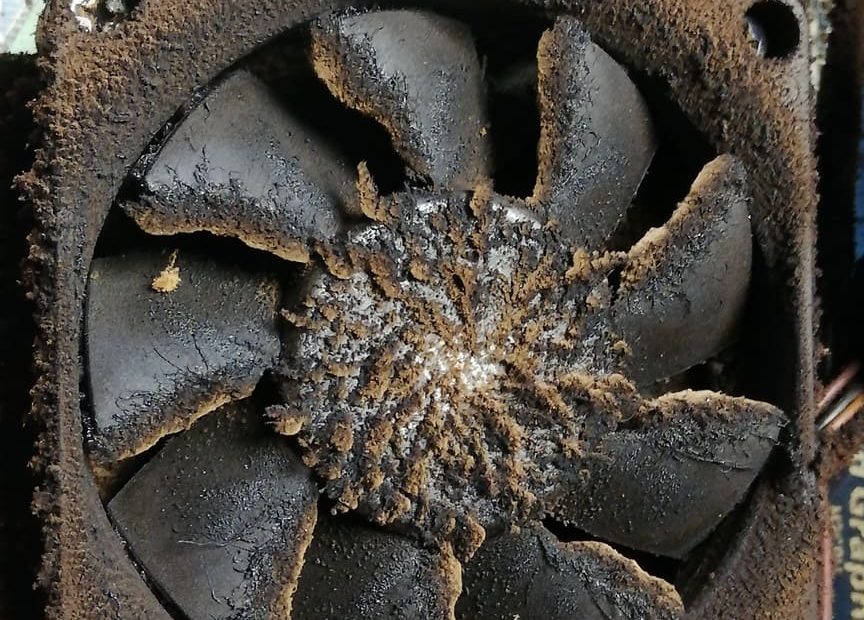How to keep your computer in good condition and keep it running for longer
Computer maintenance means regularly cleaning your computers, updating your hard drive and preventing viruses. Properly maintained computers can last between five and eight years, but this period can be significantly reduced if appropriate measures are not taken to protect the device. This is why computer maintenance is so important.
Taking regular care of your computer can not only extend the life of your computers, but also help you surf the internet more safely.
Cleaning your computer regularly can help extend its life, saving you time and money that you could spend on repairs or replacements. It is important to remember that computers are particularly susceptible to dust accumulation and overheating, so the following cleaning steps can help to minimise the risk and keep your computer running optimally.
Cleaning the keyboard with compressed air
Clean your keyboard at least once a week to keep it clean and reduce health risks. First wipe the keyboard with a damp, dust-free cloth, but remember not to get it too wet. Use a pressurised air bottle to clean hard-to-reach areas such as between the keys.
Wiping the screen
Fingerprints and other smudges can often appear on your monitor. To keep your screen clean and clear, wipe it once a week using a dry, dust-free cloth. Clean gently in long strokes, as too much pressure can damage the device. Often you get a microfibre cleaning cloth when you buy your computer. Use this cloth or purchase a similar one for optimal cleaning.
Comprehensive system cleaning
Every three to six months, you should carry out a thorough cleaning of all hardware. You can do this in a number of ways, including vacuuming your computer. Make sure you have saved and closed all active windows before disconnecting the machine for cleaning.
Open the housing by unscrewing the screws. Do not clean the inside of the computer with a vacuum cleaner. Instead, use the aforementioned pressurised air to clean the inside to avoid damage.
If you have a laptop, the disassembly will be different from that of a desktop computer. Make sure you follow the instructions that come with the device before you start disassembling it.

